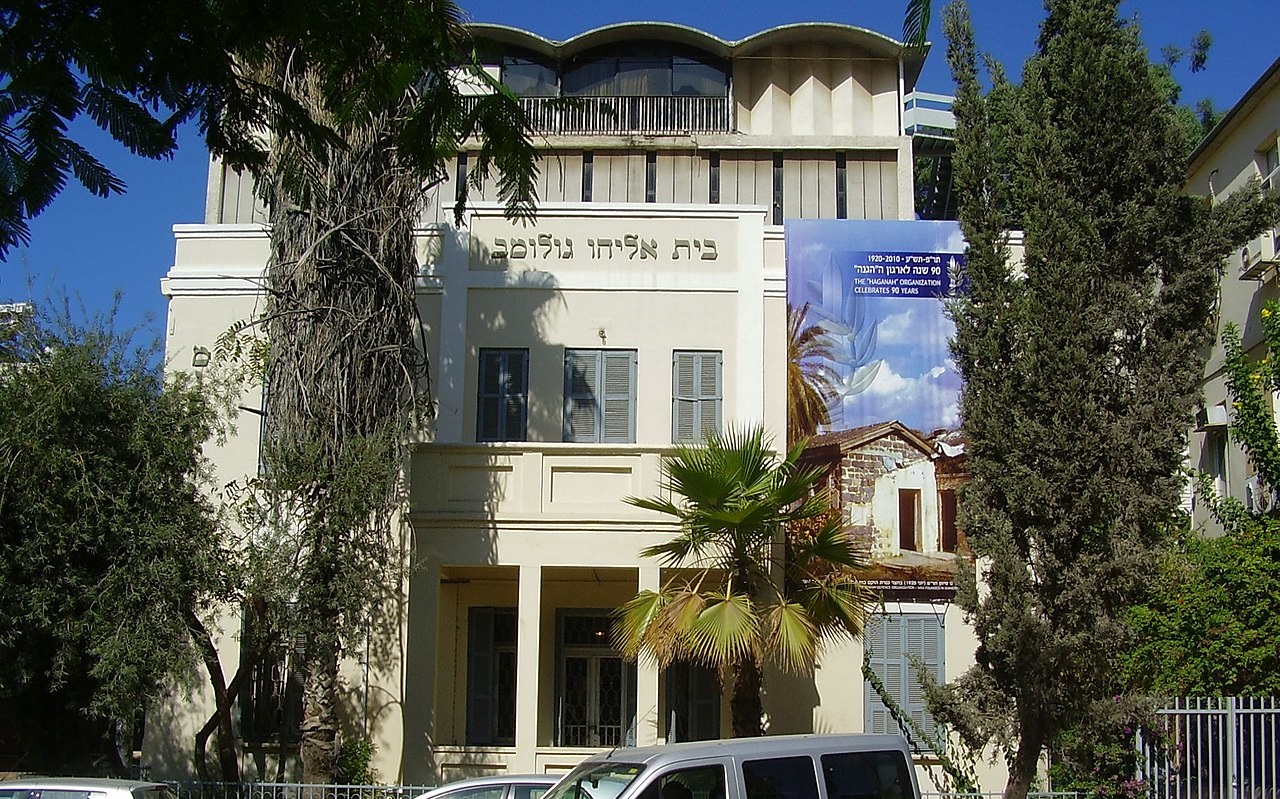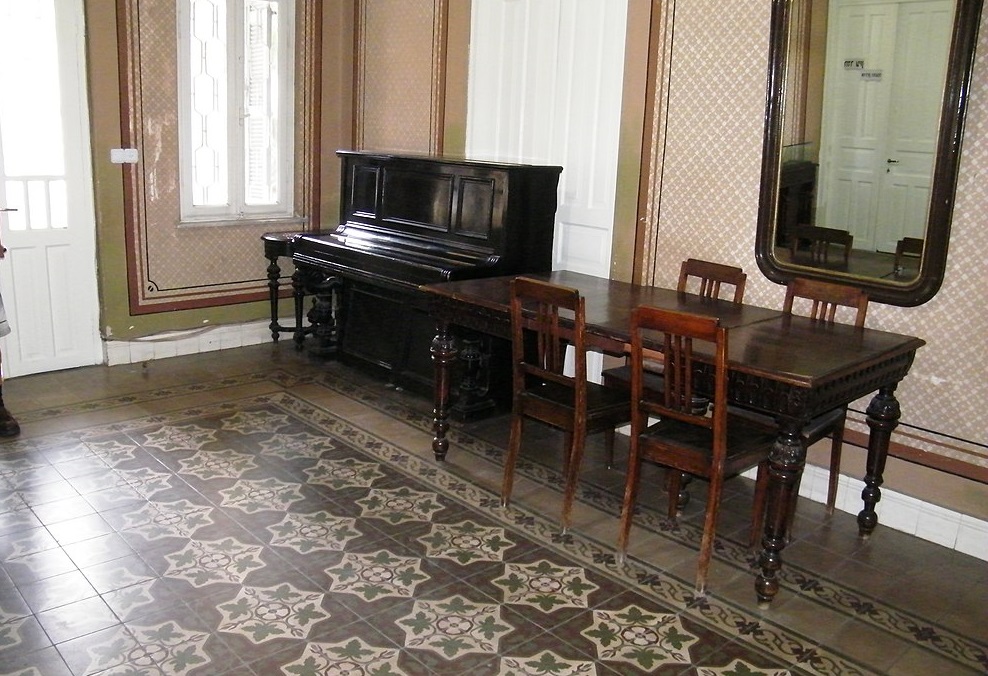Hagana Museum, Tel Aviv
Plan Your Visit
- Location: Beit Eliyahu Golomb House, 23 Rothschild Street, Tel Aviv
- Open Times: Sunday-Thursday 08:30-16:00, Fridays and Saturdays closed.
- Prices: Adults 20 ILS, seniors, soldiers, and children under 18 yrs 15 ILS, disabled visitors free.
- Average Visit Duration: 1 hour.
- Special Events: There are regular special evening and afternoon programs geared towards school children and groups. On Family Day, and Israeli school holidays there are special activities for parents and children.
- Relevant Tours: Tours of the museum can be arranged in advance and are available in English, Hebrew, Russian, and French. The museum may be able to offer a tour outside the museum of Rothschild Blvd. If you take a private Tel Aviv tour, remember to ask your guide to stop at this interesting attraction.

Golomb House - The Hagana Museum, Tel Aviv (Image source: Avishai Teicher CC BY 2.5)
The literal translation of ”Hagana” is defense, but in this case, the name of the museum refers to the armed Jewish force that operated in Palestine from the 1920s to the establishment of the State of Israel in 1948. The Hagana (or Haganah) fighting force protected Jewish settlements from Arab attacks in British Mandate Palestine. Following the British “white paper” that restricted immigration to Palestine, the Hagana organization assisted more than 100,000 Jews to immigrate illegally, escaping war-torn Europe. Later, the fighters of the Hagana participated in the War of Independence fighting side by side with other Jewish military groups and the newly founded Israeli Defense Force.
The museum covers the formation and activities of the Haganah organization as well as its heroes, and major achievements. It is located in a house built by the Sharet family in the 1920s which was one of the first houses built in Tel Aviv. The house is the former home of Eliyahu Golomb, one of the founders of the Haganah organization. It was here that Haganah members met in secret to discuss and plan the defense of settlements and the illegal immigration of Jews to British Palestine.
Pro Tip: The museum is located on one of Tel Aviv’s most beautiful boulevards, where you can see examples of Bauhaus architecture, and visit Independence Hall where Israeli independence was declared in 1948.
What to See at the Hagana Museum
Three floors have been added to the original house and a different topic is covered on each floor. In addition, the museum has a large auditorium and a smaller audio-presentation room and it holds the Hagana archives. The museum displays use the latest museum technology to bring the subject matter to life. There are huge video screens, historic photographs, recreated scenes, models, and authentic artifacts.
Original Rooms
At the entrance level of the house, two of the rooms have been preserved as they were in the early 1940s. These rooms are used for changing exhibitions.

Eliyahu Golomb's apartment, the Hagana Museum (Image source: Hagit.B CC BY 4.0)
Birth of the Defense Force
On the first level, you can delve into the establishment of the organization in 1919, learn about its roots in Bar Giora and Hashomer, and discover the many daring missions and battles of the Hagana.
Hagana on the Battlefield
Although their fighting methods were more guerilla warfare, this section of the museum looks at the Hagana’s battle against the British from 1945 to 1947. It also covers their weapons and brings to life the personal story of a young Palmach member and a young holocaust survivor who participated in several major battles. There is a moving audio presentation about the immigration ship, Exodus.
Pro Tip: If you enjoy this museum then you might want to check out the Palmach Museum, Lehi Museum, and the Etzel Museum, all dedicated to the pre-state Jewish underground movements.
War of Independence
Take a journey through the events of the War of Independence and learn about the Hagana’s integration into the Israel Defense Force after the establishment of the State of Israel.
Pro Tip: On Independence Day entrance to the museum is free, and there are special events and exhibits.
Know Before You Go - Hagana Museum
- The museum is fully accessible
- The Hagana Museum is suitable for children
- Displays are in Hebrew and English
- A visit starts with a short film about the period
 Login / Register
Login / Register
 Contact Us
Contact Us
 Certificate of Excellence
Certificate of Excellence Guaranteed Departure
Guaranteed Departure Low Prices Guaranteed
Low Prices Guaranteed 24/7 Support
24/7 Support




